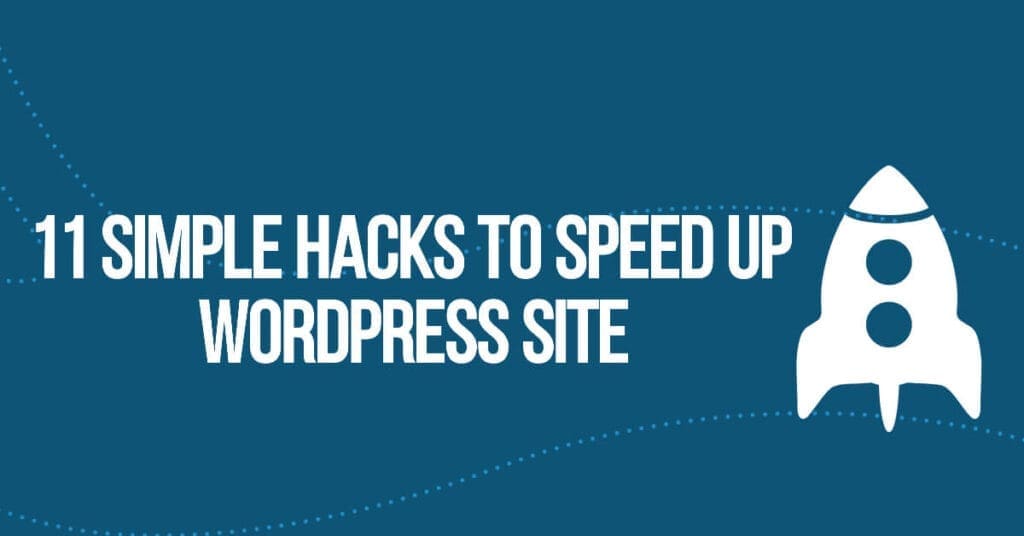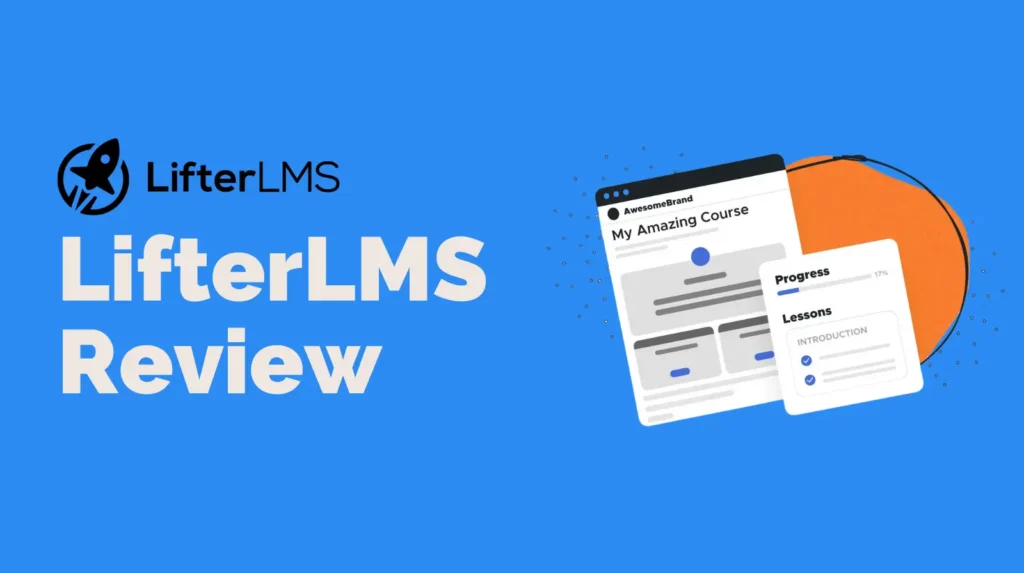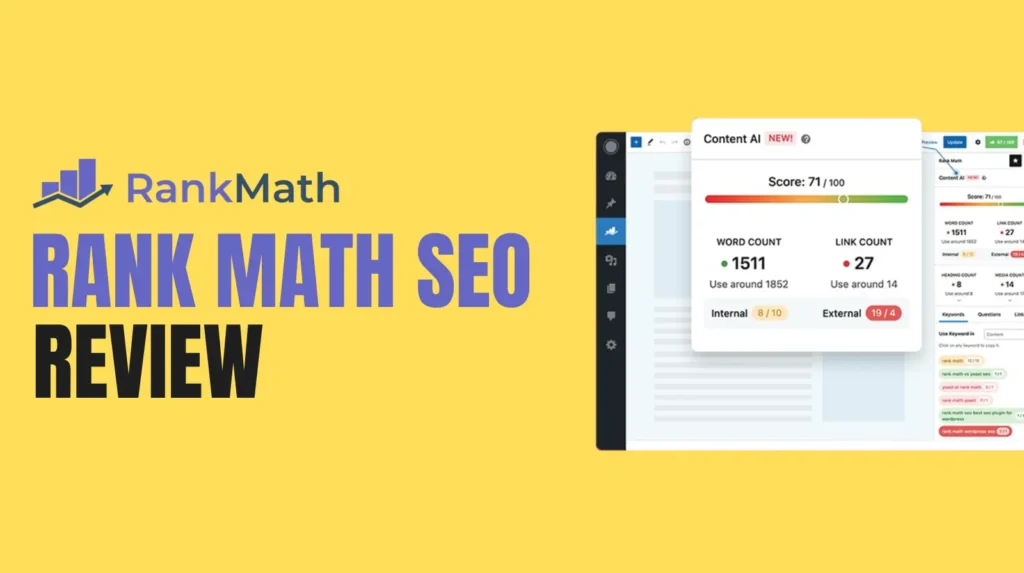In today’s digital landscape, speed isn’t a luxury, it’s a necessity. Users expect websites to load almost instantly, and search engines like Google use site speed and user experience metrics, like Core Web Vitals, as key ranking factors. A slow website doesn’t just frustrate visitors; it actively drives away potential customers, reduces conversions, and harms your SEO efforts.
While WordPress is a powerful and flexible platform, a default installation isn’t always optimized for performance. Fortunately, you don’t need to be a developer to make a significant impact on your site’s load time.
If you’re wondering how to speed up your WordPress site, these 11 proven methods will help you deliver a faster, more satisfying experience to your visitors.
Foundational Speed: Getting the Basics Right
1. Choose High-Performance WordPress Hosting
Your web host is the foundation of your website’s performance. A cheap, underpowered shared hosting plan will struggle to keep up as your traffic grows, resulting in slow page loads and downtime.
- For Beginners: A reputable provider like Bluehost offers excellent performance for new websites, with features like free SSL and a free domain.
- For Growth & Ecommerce: For business-critical sites, investing in managed WordPress hosting is the best decision you can make. Platforms like WP Engine and Kinsta provide server-level caching, dedicated resources, and expert support, ensuring your site remains fast even under heavy traffic.
2. Use a Lightweight WordPress Theme
Many themes look beautiful but are bloated with complex layouts, excessive animations, and unnecessary code that can grind your site to a halt. A lightweight theme provides a fast, clean foundation.
- Our Top Recommendations: Themes like GeneratePress, Astra, and Kadence are built for performance. They are incredibly lean and integrate perfectly with the WordPress block editor and popular page builders.
3. Implement a Caching Plugin
Caching is one of the most effective ways to boost your site’s speed. In simple terms, a caching plugin creates a static HTML version of your page and serves it to visitors, preventing WordPress from having to rebuild the page from scratch for every single user. This drastically reduces server load and speeds up delivery.
- Best-in-Class Plugin: We recommend WP Rocket. It’s a premium plugin that is incredibly easy to configure and applies about 80% of web performance best practices automatically upon activation.
4. Leverage a Content Delivery Network (CDN)
A CDN is a network of servers located around the world. It stores a copy of your site’s static assets (like images, CSS, and JavaScript files) and delivers them to visitors from the server geographically closest to them. This significantly reduces latency and speeds up load times for a global audience.
- Industry Standard: Cloudflare offers an excellent free plan that includes a robust CDN and other security benefits. It’s easy to set up and integrates seamlessly with most hosting providers.
On-Page Optimization Techniques
5. Optimize Your Images
Large image files are one of the most common causes of slow websites. High-resolution images can be several megabytes in size, taking a long time to download. Always compress your images before uploading them to WordPress.
- Online Tools: You can use a free web tool like TinyPNG to compress images manually.
- Automation Plugins: For a more streamlined workflow, use a plugin like Smush or ShortPixel. These plugins automatically compress images upon upload without a noticeable loss in quality.
6. Minify CSS and JavaScript Files
Minification is the process of removing unnecessary characters (like whitespace and comments) from your code files to reduce their size. Smaller files download faster.
- The Easy Way: You don’t need to do this manually. A premium caching plugin like WP Rocket has simple one-click options to minify your CSS and JavaScript files.
7. Implement Lazy Loading for Images and Videos
By default, a browser tries to load every single element on a page at once. Lazy loading is a technique that defers the loading of off-screen images and videos until the user scrolls down to them. This dramatically improves the initial perceived load time.
- Modern WordPress: Recent versions of WordPress include lazy loading for images by default.
- Plugin Control: Caching plugins like WP Rocket also offer advanced lazy loading options for videos and iframes.
8. Host Video and Audio Files Externally
Never upload videos or audio files directly to your WordPress media library. These large files consume massive amounts of server bandwidth and can make your site crawl. Instead, use a third-party hosting service and embed the content on your site.
- Video: Use platforms like YouTube or Vimeo.
- Audio: Use a service like SoundCloud.
Ongoing Maintenance for Sustained Speed
9. Keep Your WordPress Site Updated
WordPress, themes, and plugins regularly receive updates that often include performance improvements, bug fixes, and critical security patches. Running outdated software can not only slow down your site but also leave it vulnerable to attacks. Always use the latest versions of WordPress and all your assets.
10. Optimize Your WordPress Database
Over time, your WordPress database accumulates a lot of unnecessary “bloat,” such as post revisions, trashed comments, and old transient data. Regularly cleaning your database keeps it lean and efficient.
- CRUCIAL: Always create a full backup of your website before performing any database optimization.
- Recommended Plugin: Use a plugin like WP-Optimize to safely clean your database with a few clicks.
11. Simplify Your Homepage and Page Layouts
The homepage is often the first impression a visitor has of your site. A cluttered, complex homepage with too many elements will load slowly.
- Best Practices:
- Show excerpts of your posts instead of the full content.
- Limit the number of posts on the page (e.g., 5-7).
- Remove unnecessary sharing widgets or plugins that you don’t need.
- Avoid resource-heavy sliders and opt for a static hero image with a clear call-to-action.
Conclusion
Optimizing your WordPress site’s speed is not a one-time task but an ongoing process. By starting with a strong foundation of quality hosting and a lightweight theme, and regularly implementing on-page and maintenance best practices, you can ensure your website remains fast, responsive, and ready to convert visitors into loyal customers.








